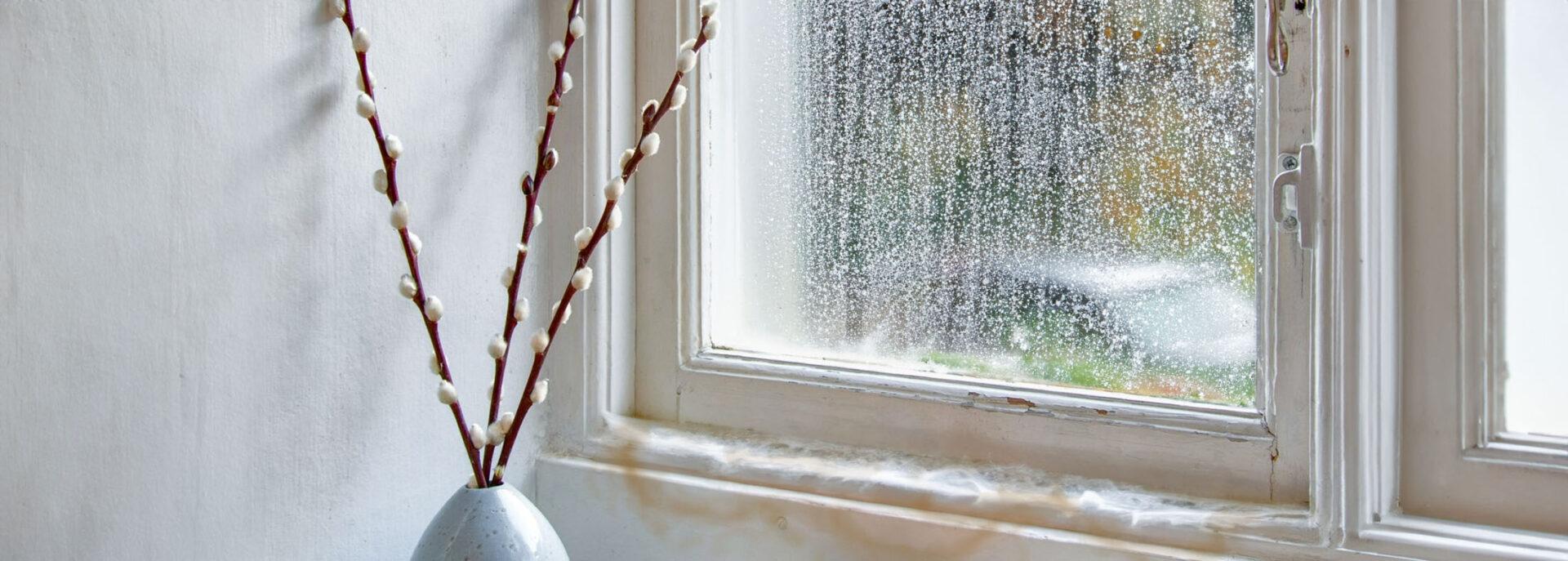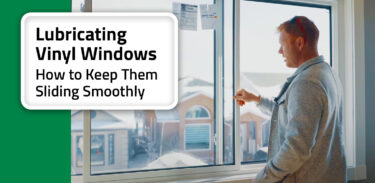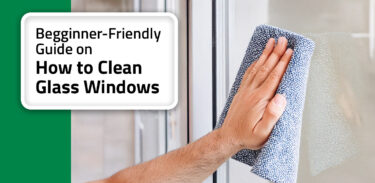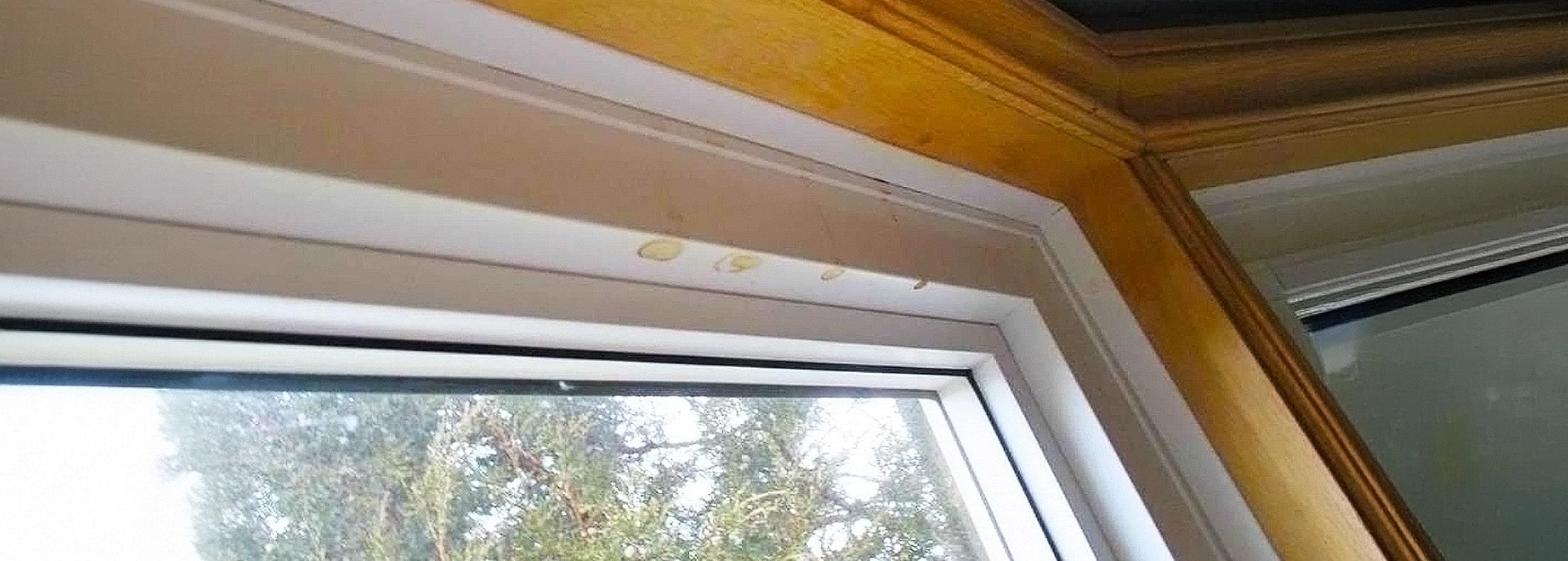

4 Window Leaks That Are A Sign It’s Time For Replacement
Aug 6, 2024
5 min read
4892
It is true that most people only decide to change windows when their existing ones are completely useless. In that sense, winter is the best time to recognize just how bad of a shape your wood or aluminum windows are. The fickle Canadian weather really puts them to the test with constantly changing temperatures.
One sure sign of problems, are leaks on and around the windows. This is also a problem that sometimes affects newly installed units as well. Why? Because often leaks are not the result of the window installation, or the product itself. Most of the time, water seepage is a result of bigger structural issues, with the home.
Recognising these leaks can help you determine whether your windows need to be replaced or repaired or whether the problem is with the house and you need to call a general contractor.
1. You see water dripping from the top of the window frame
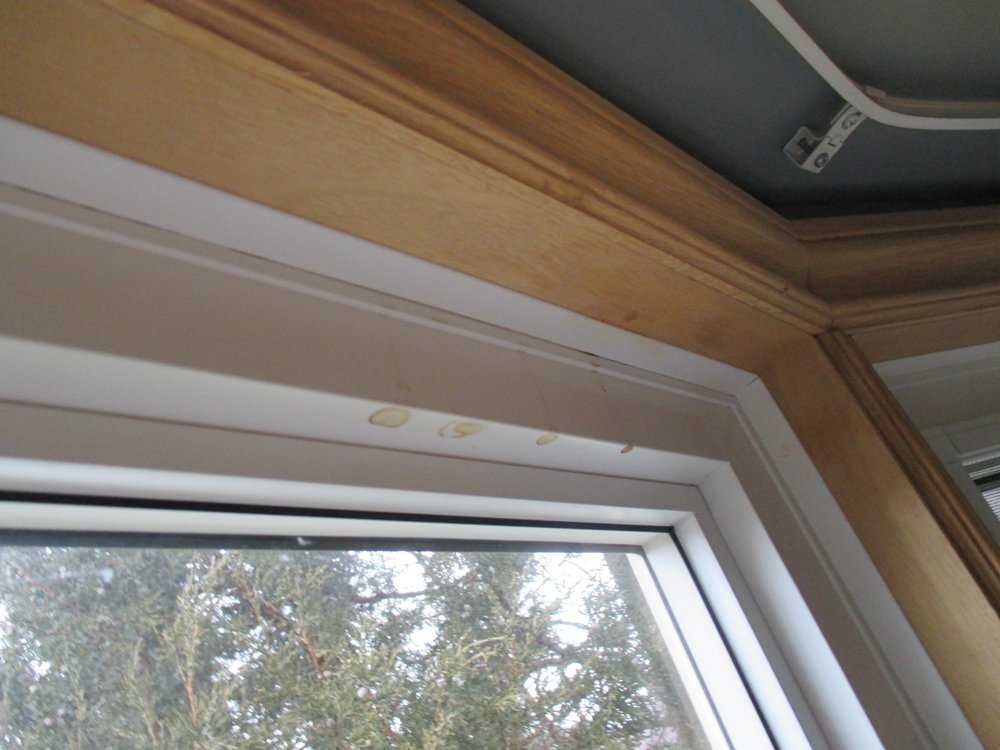
The picture above is an example of water leakage as a result of issues with the wall structure. These leaks are often defined by these dirty brown circles. These are a result of water running down or collecting on the inside of your walls, and coming into contact with structural components of the house.
This most often doesn’t mean your windows are bad. The problem is usually somewhere higher up in the walls. A replacement installation may cover up the problem, but it is best to address it at the root and find where the leak is coming from.
2. Your windows are leaking from the bottom of the casing
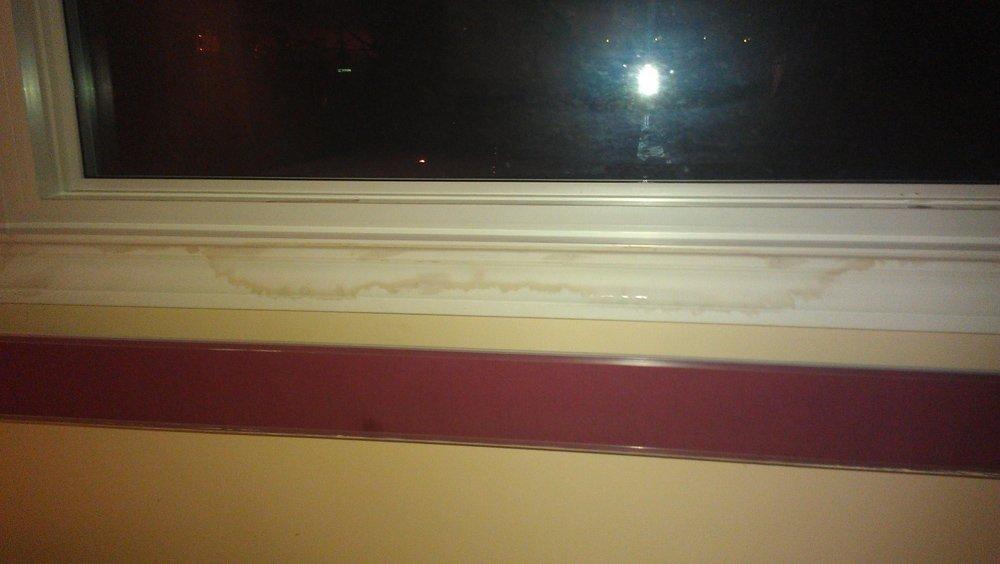
This is another sign of wall structure damage. When you see window leaking from bottom, it means the water comes down the wall on the inside, but because it has nowhere to escape, it ends up running along the edge of the window frame to the bottom.
The bottom in older windows is often warped or sagged downward, causing the water to collect and pool toward the middle.
3. Your windows are leaking between the window frame and the jamb.
As in the picture below, if the leak comes from between the window frame and window jamb it also means that there is an issue with the wall structure. It is especially easy to notice when it’s raining, and the rain is leaking through window frame.
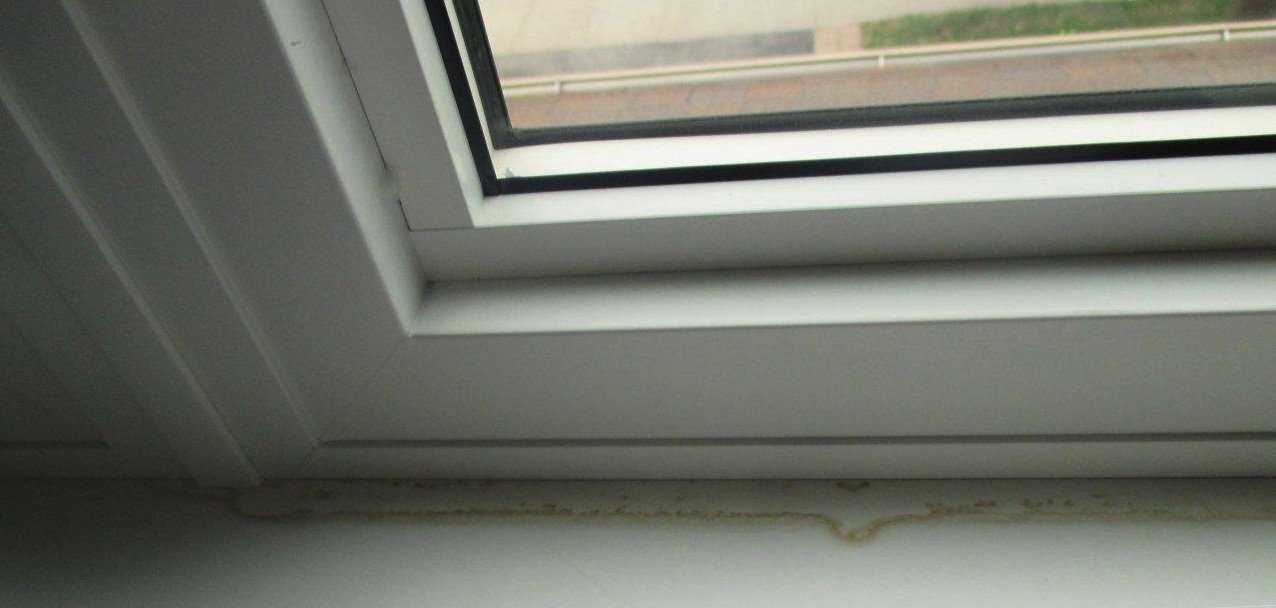
4. Your windows are leaking at the point where the glass meets the frame
This is always a result of product damage or defective material. Water coming through window frame where it meets the glass often occurs as temperatures change rapidly and windows experience sealed unit failure. In most cases, window hardware is covered by warranty, and you should be able to get it serviced.
Window leaks are a common issue in aging homes. Remember, although it is coming through your windows, water damage is often a result of bigger structural issues. Professional window installers look for signs of damage or rotting in your frame, in order to prevent or troubleshoot leaking window frame issues.
But even the best installers don’t always specialise in the work required to properly seal any open areas, as they may be away from the actual window. Regardless of whether your leaks are on new windows or old ones, you should always get them examined in order to figure what the solution is.
Simply leaving them as is, may lead to mould growth on your frames, which is dangerous not only to the health of your home, but also damaging to the well-being of its occupants.
F.A.Q
How to fix window leaks?
To fix window leaks, first identify the source of the leak, which can be around the window frame or glass. Then, apply high-quality caulk or weatherstripping to seal any gaps or cracks. If the leak persists, it might be a sign of structural issues, and you may need professional assistance to assess and repair the underlying problems.
How to fix window leaks when it rains?
When it rains, use temporary fixes like waterproof tape or plastic sheets to cover the leak. Once the weather is dry, inspect the window and seal any gaps with caulk or weatherstripping. Persistent leaks during rain might indicate more significant issues, such as problems with the wall structure, requiring professional evaluation and repair.
How to seal a leaking window?
To seal a leaking window, clean the window frame and apply a high-quality caulk around the edges, filling any visible gaps or cracks. Smooth the caulk with a caulking tool and let it dry completely. For severe leaks, consider professional inspection and repair by window installers to ensure all potential issues are addressed effectively.
1750 Coast Meridian Rd #102,
Port Coquitlam, BC V3C 6R8
100, 17866 106A Avenue,
Edmonton, AB, Canada,
T5S 1V3
3307 Dunmore Rd SE #12,
Medicine Hat, AB,
Canada, T1B 3R2
2081 Merivale Rd #201, Ottawa, ON, Canada, K2G 1G9
by appointment only
109 Ilsley Ave Unit #3, Dartmouth,
NS, Canada, B3B 1S8








